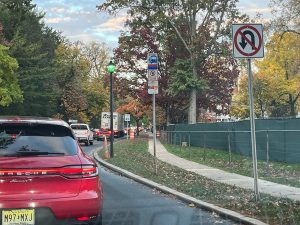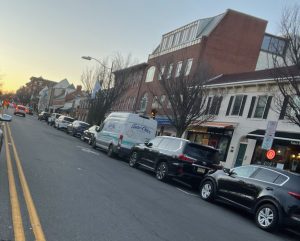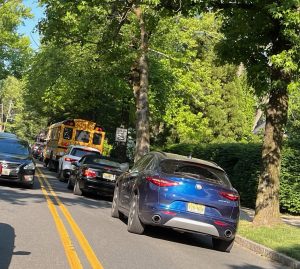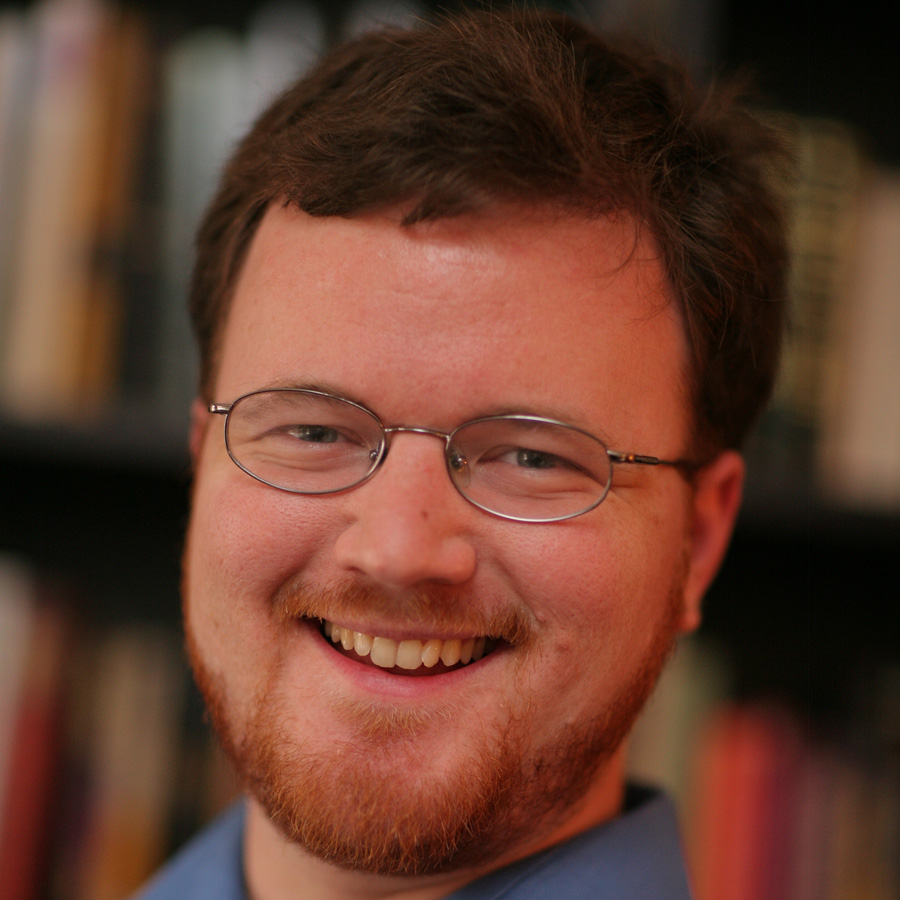 Does Princeton have balance in housing? Are we built-out, as one council member has said, or do we have a housing shortage, as groups like Walkable Princeton, of which I am a part, claim? Are the considerable efforts towards affordable housing over the decades by dedicated local activists, and the significant new construction that followed from recent court settlements, adequate to address the need for balance in the housing market? Is there a need for ‘missing middle’ housing to fill the gap between the high-end of the Princeton market and the units in affordable schemes? Is new housing a threat to traffic, to livability, to the schools, and to property tax rates? Will new construction even move the needle on the current unaffordable cost of market-rate Princeton housing? These are questions that have been brought to renewed intensity by the rise of activists, such as myself, who press for new housing, especially in the walkable core of town. We are trying to reclaim the term housing density from being a dirty word, a prospect of congestion and negative externalities, to being a positive vision, for a more livable, more walkable, more environmentally friendly way to bring Princeton’s housing market to a more balanced, more equitable place.
Does Princeton have balance in housing? Are we built-out, as one council member has said, or do we have a housing shortage, as groups like Walkable Princeton, of which I am a part, claim? Are the considerable efforts towards affordable housing over the decades by dedicated local activists, and the significant new construction that followed from recent court settlements, adequate to address the need for balance in the housing market? Is there a need for ‘missing middle’ housing to fill the gap between the high-end of the Princeton market and the units in affordable schemes? Is new housing a threat to traffic, to livability, to the schools, and to property tax rates? Will new construction even move the needle on the current unaffordable cost of market-rate Princeton housing? These are questions that have been brought to renewed intensity by the rise of activists, such as myself, who press for new housing, especially in the walkable core of town. We are trying to reclaim the term housing density from being a dirty word, a prospect of congestion and negative externalities, to being a positive vision, for a more livable, more walkable, more environmentally friendly way to bring Princeton’s housing market to a more balanced, more equitable place.
In a post on Walkable Princeton’s blog back in November of 2022, we covered the results of the Princeton Visioning Study. Some key outcomes that were identified by the Princeton public included:
- “Ability to walk to destinations” emerged as the thing that most survey respondents appreciated the most about living in Princeton. Conversely, “high cost of living” is the thing that people dislike the most.
- “Improving safety for people who walk or bike” was identified as the top issue that the new Master Plan needs to address.
- “Ensuring a healthy, thriving downtown” was the top redevelopment goal identified by 56% of the public, but “expanding middle-income housing opportunities” was identified as the second-most-important redevelopment goal, with 51% of survey respondents considering it a key goal.
 What do we love about Princeton? A genuine, walkable, thriving downtown. Our town is in so many ways an ideal place to live. The culture, the restaurants, the schools, the architecture, the people. It’s an employment destination, with 30,000 jobs, over 2/3 of which are clustered in the walkable core (the former Borough). The office space in Princeton rents at higher rates than that on Route One and the offices are filled with many high-end firms in finance, pharmaceuticals, and other industries. Our town is an entertainment and leisure destination. The parking spots in front of our house at 24 Moore Street fill up faster on weekends than on weekdays as residents of surrounding towns enjoy our downtown.
What do we love about Princeton? A genuine, walkable, thriving downtown. Our town is in so many ways an ideal place to live. The culture, the restaurants, the schools, the architecture, the people. It’s an employment destination, with 30,000 jobs, over 2/3 of which are clustered in the walkable core (the former Borough). The office space in Princeton rents at higher rates than that on Route One and the offices are filled with many high-end firms in finance, pharmaceuticals, and other industries. Our town is an entertainment and leisure destination. The parking spots in front of our house at 24 Moore Street fill up faster on weekends than on weekdays as residents of surrounding towns enjoy our downtown.
What do we not love about Princeton? The high cost of living and lack of middle-income housing opportunities. Our home was sold in the early 1970s for $42,000, which adjusted for inflation would be $288,000 today. Needless to say, it would not sell for so little now. Homes that once housed the working class are occupied by corporate executives. Princeton was always home to the mansions of the wealthy but now the entire town is too pricey for most of the people who work in it.
 You might add that we also don’t love the traffic (for those who don’t live in the walkable core, as my family does, and get to avoid it). In 1957 one town planner anticipated a time when the number of cars passing through Princeton in a day would exceed 20,000. By 2013 that number was 180,000. Of that 180,000 over 2/3rds originated outside the boundaries of Princeton, some driving through Princeton but most heading into town for work and leisure.
You might add that we also don’t love the traffic (for those who don’t live in the walkable core, as my family does, and get to avoid it). In 1957 one town planner anticipated a time when the number of cars passing through Princeton in a day would exceed 20,000. By 2013 that number was 180,000. Of that 180,000 over 2/3rds originated outside the boundaries of Princeton, some driving through Princeton but most heading into town for work and leisure.
What went wrong? How did Princeton end up a neighborhood only for the wealthy (and those fortunate enough to make it off the lengthy waitlist for an affordable unit)? Why did our traffic multiply an order of magnitude beyond what planners envisioned in the 50s? That there would be growth in our town was inevitable given that it houses one of the world’s great universities, halfway between two of the country’s greatest cities, in the most densely populated of American states. We’ve welcomed not just our own children (my son was born in the old Princeton hospital and my daughters in the new one), but also many immigrants. Notably employment in the town has multiplied. Where we went wrong through, I would argue, is in how we handled growth. The number of workers grew but the amount of housing stayed the same.
The population of Princeton in 2022 was estimated as 30,377. That represents only modest growth from the 1970 number of 25,962. The number of jobs in town has exploded in that time, indeed, much of that population growth is in the increase in the enrollment of the university, but the number of residents did not keep pace with employment growth. Our town lost balance in the number of employees and residents. The walkable core grew even more out of balance with over four jobs for every employed resident in census statistics for the former Borough. Indeed, the Borough has the same population today as in 1950. If people can’t live close to where they work, then they drive, and traffic explodes. If the amount of housing remains the same, essentially for as long as I’ve been alive, while the demand for housing grows then the cost of housing is going to shoot through the roof, as it has.
We need balance in Princeton between the number of people who work in town and the amount of housing. We need balance between the demand for smaller apartments in the walkable core for smaller household sizes and senior citizens looking to downsize. We need balance between the demand for housing, which represents real people for whom housing is a basic necessity, and the supply, which our zoning has choked for decades only to force growth into a sprawling, traffic-intensive pattern.

David Keddie works as a chaplain with the Princeton Christian Fellowship. He, and his wife Christina, an attorney with Roundview Capital, have lived in Princeton since the late ‘90s and love being able to raise their three children in such a wonderful, walkable town.
